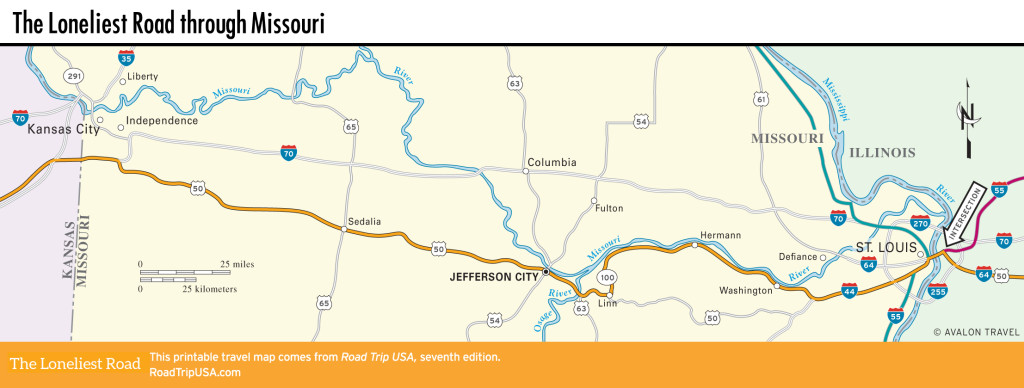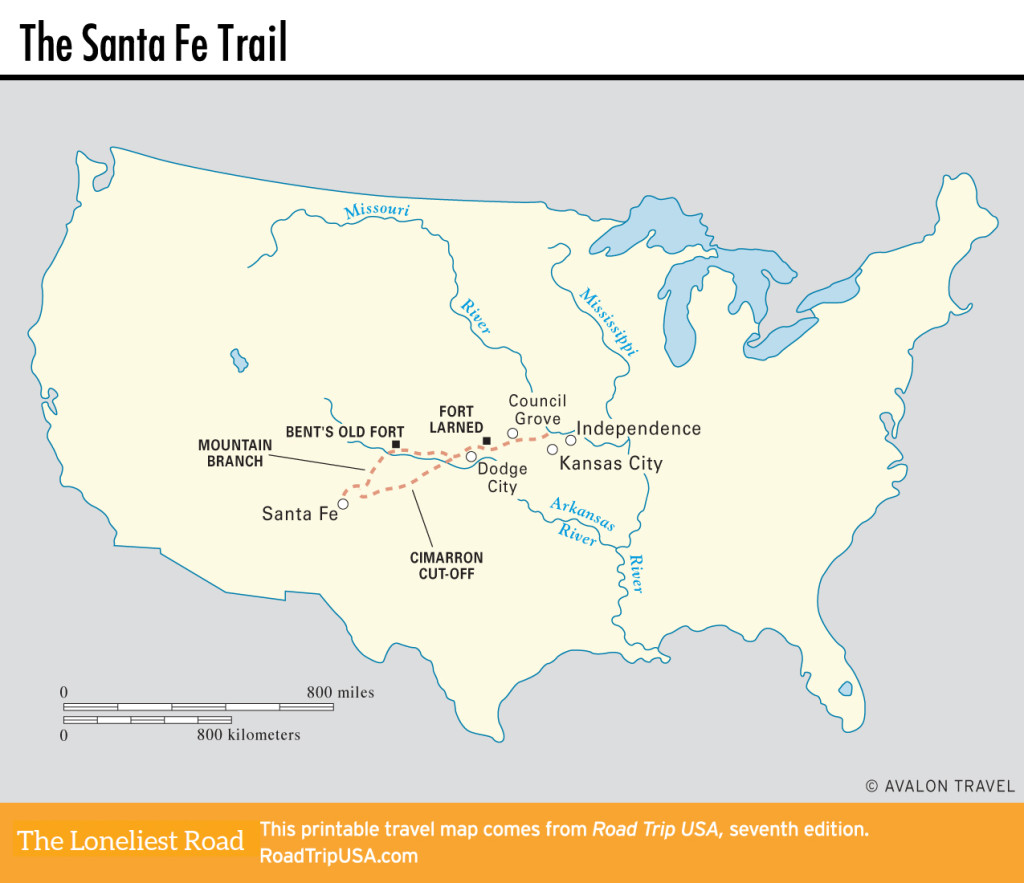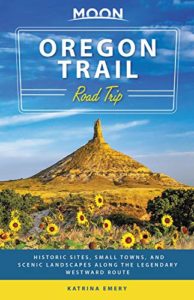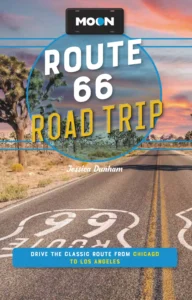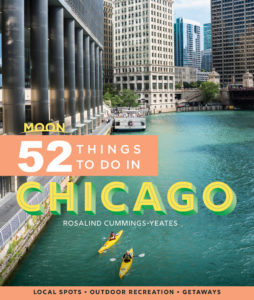Independence and Liberty
Independence
A quiet suburb lying on the eastern fringe of greater Kansas City, Independence (pop. 116,925) doesn’t look like a special place, but it is. One of the country’s most history-rich small cities, Independence came to life during the early years of the westward expansion, serving as the jumping-off point for the Santa Fe and, later, Oregon and California Trails. A century later, Independence again gained prominence as the hometown of President Harry Truman, who lived here from boyhood until his death in 1972.
The city-run National Frontier Trails Museum (318 W. Pacific Ave., daily, $6), four blocks south of the town square, is one of the best museums dedicated to America’s pioneers. Beginning with a brief account of Lewis and Clark, the exhibits explore the heyday of the Santa Fe Trail, which throughout the 1820s and 1830s made Independence the leading town on the western frontier. The later Oregon Trail, on which some 300,000 people left Independence for the West Coast, is recounted through an engagingly displayed series of diary entries and drawings made by pioneers.
While little remains from the pioneer days, Independence has hardly changed since Harry Truman grew up here around the turn of the 20th century. The soda fountain where he held his first job, and the courtroom where he presided as judge, still stand in the town square. His home, northwest of the square, is open for tours (219 N. Delaware St., daily summer, Tues.-Sun. winter, free), and the large Harry S Truman Library and Museum (daily, $8), four blocks north, contains his presidential papers, a replica of his White House office, and the gravesites of Truman and his wife, Bess.
Clinton’s Soda Fountain (100 W. Maple St., 816/833-2046), “Where Harry Had His First Job,” still serves milkshakes and phosphates.
Liberty
Another ideally named small town on the suburban fringes of Kansas City, Liberty (pop. 31,779) is worth a visit for rather different reasons. This is where, having finished fighting for the Confederacy in the Civil War, on February 13, 1866, Jesse James and his brother Frank staged the first-ever daylight bank robbery, getting away with more than $60,000. The bank building itself, on the northwest corner of the preserved-in-amber town square, is pretty much as it was, complete with the vault, safe, and banknotes; it’s now a small museum (103 N. Water St., Mon.-Sat., $6.50).
A block north of the square stands another historic site, the oxymoronic Liberty Jail (216 N. Main St., daily, free), where Mormon prophet Joseph Smith and his followers were imprisoned during the winter of 1838-1839. It’s a significant site for Mormons and has been faithfully reconstructed.
